“I’m just frustrated by those who make me feel excluded,” says Dara Wilson. We’re sitting on the grass by Lake Jackson after exploring some of the taller vegetation at its edge. Dara is reflecting on Black Birders Week, which has recently passed. Her own story mirrors many of those shared during the nation-wide online event. On the one hand, Dara’s an active member of the local outdoor community; she sits on the boards of the Apalachee Chapter of the Audubon Society and the Friends of Wakulla Springs State Park, and is an instructor with Tots and Trails. But, as a black woman, she often feels isolated.
“When I look around, nine times out of ten, it’s only me in these rooms that looks like myself. Which I’ve always been okay with.”
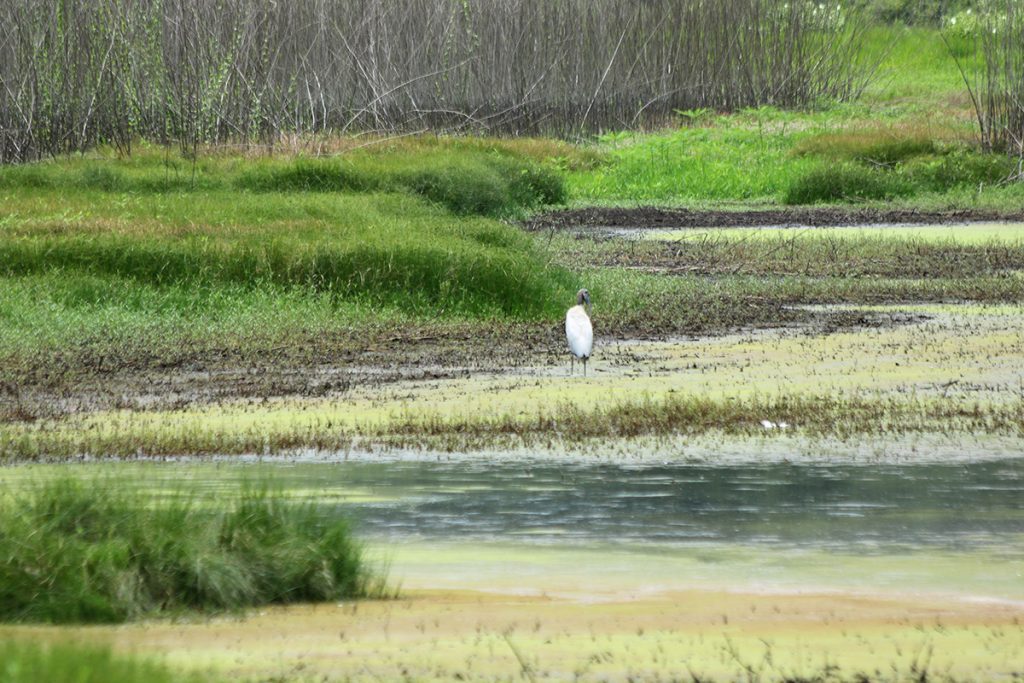
Over the last few weeks, black nature enthusiasts and STEM professionals have been sharing similar experiences. In looking at why they’re often the only ones in the room, they’ve highlighted the barriers keeping people of color from careers in science and outdoor pursuits. But they’ve also highlighted the individuals whose passion keeps them driving past the barriers. Ultimately, they’re looking at how to increase inclusivity. As Dara says, “We’re leaving so many people out.”
A lot of the discussion has also focused on public, natural spaces which, ostensibly, are for everyone. But black birders often face suspicion, harassment, and open hostility in these places. Sometimes the police are called. One such incident is what sparked Black Birders Week and its many related movements.
It all started with a video recorded on Memorial Day.
“Please send the cops immediately!”
Chris Cooper was birding in the Ramble, a wooded section of Central Park. When he asked a woman to leash her dog, per the park’s rules, she started threatening to call the police. He recorded the encounter on his phone. She said that if he didn’t put the phone down, she would tell the police that an African American male was threatening her. Once on the phone with the police, Amy Cooper (no relation to Chris) started screaming.
“I’m being threatened by a man in the Ramble! Please send the cops immediately!”
Amy Cooper didn’t just threaten to call the police. She threatened to call the police and tell them, specifically, that an African American male was threatening her. Her words implied that she expected Chris Cooper to hear what she was saying, recognize that a white woman would be reporting a black man to the police, and concede defeat. He didn’t concede; she called, and has now been charged with falsely reporting an incident.
The video, which I included in the segment above, went viral on twitter and inspired Black Birders Week.
“People know the gravity of their words, and the weight of their stature, and what they can do with it.” Dara says. “And how they wield it to their advantage, and to the disadvantage of others.”
This is one example of how racism can be used to keep people of color out of nature. Other examples are more, and some less, subtle. Black Birders Week looked to establish that yes, people of color are using public spaces to enjoy nature. The event’s organizers are looking to change perceptions, both among the white nature lovers whom they may encounter, and for other black, would-be nature enthusiasts who haven’t felt comfortable in these spaces.
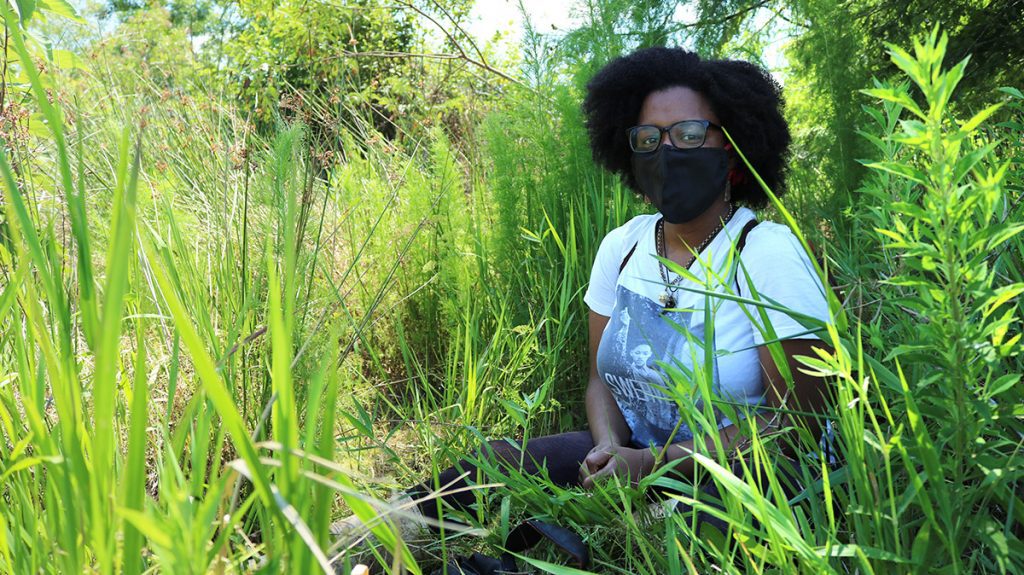
“Not everybody has access to spaces.”
We’re walking around Lake Jackson today because this is where Dara lives.
“I’m incredibly privileged to be in this spot right here,” she says. “This space. This very beautiful space. Not everybody has access to spaces.”
We see red winged blackbirds, and great egrets. A wood stork lands in the water near the egrets, and I see a great blue heron and some little blue herons wading further behind it. Dara has been excited lately because roseate spoonbills have been visiting the lake behind her house, and she’d never seen them in north Florida.
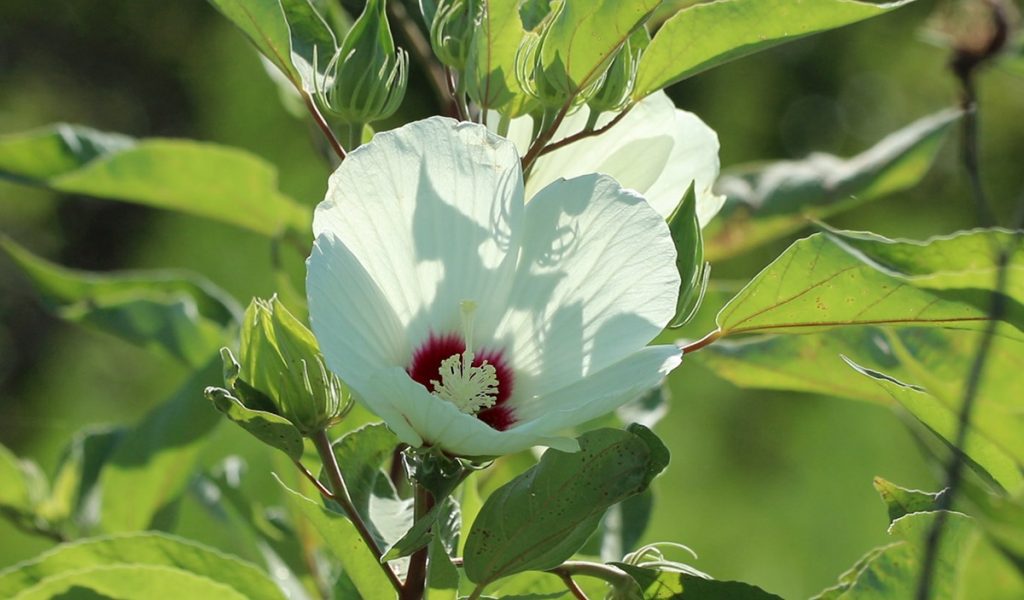
After she iNaturalizes a swamp rose mallow (taking photos of the flower, leaves, stem, and the whole plant, of course), she starts talking about how she got into nature.
“I stumbled my way into the sustainability field,” she says. “And it wasn’t even with birds. I started out by walking cats. [But] not some Joe Exotic type stuff.”
Dara was still in college, studying International Development. She found herself in Honduras doing humanitarian work. “But that was too real for me. That was too much on my heart.”
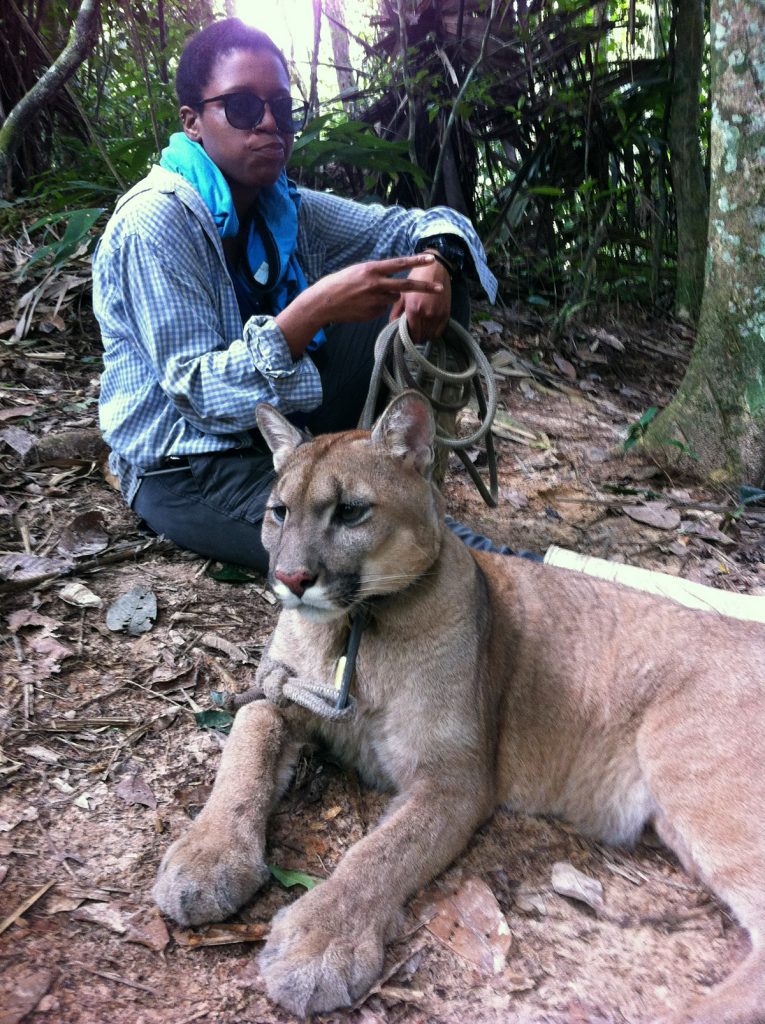
So she ended up at the Comunidad Inti Wara Yassi in Bolivia, where volunteers help care for rescued big and small cats, monkeys, and birds, among others. There she bonded with Luna the Puma.
From her photos, it looks like a life changing experience. But it was a much smaller animal that really hooked her on nature.
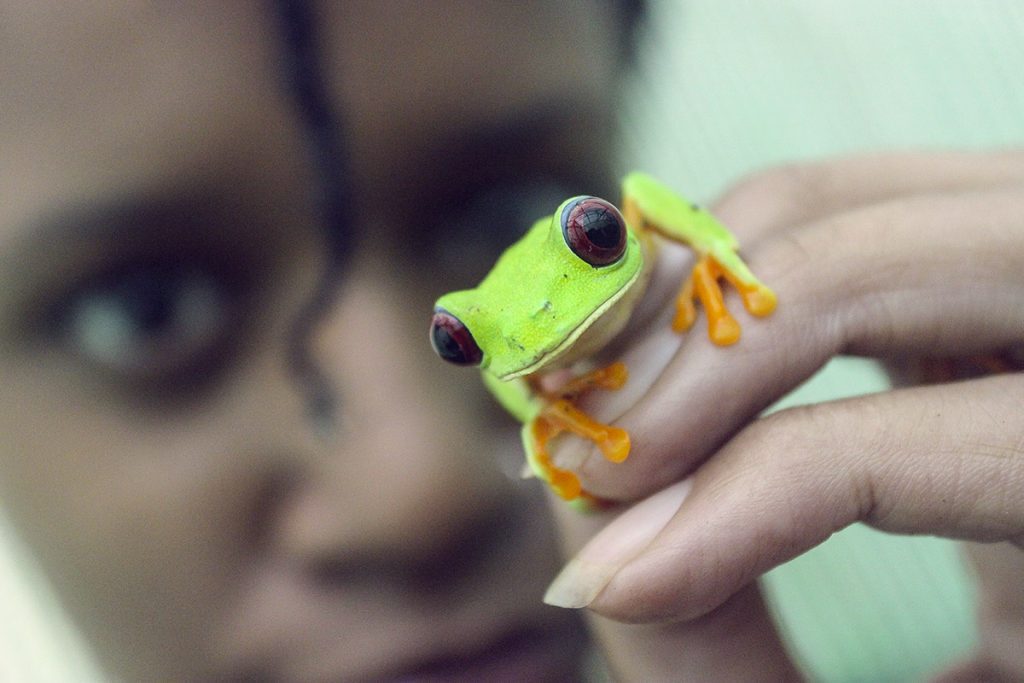
From Cats to Frogs to Birds
Dara would spend her summers walking cats in Bolivia. When she was home in the states, she worked at the Smithsonian National Zoo’s Amazonia Exhibit, in Washington DC. The Amazon River basin is home to over a thousand species of frog, coming in almost any color imaginable. She was fascinated by them, an interest she pursued into another rainforest setting.
“Ended up in the Republic of Panama immediately after I graduated college, working on amphibian conservation and communication.”
Her roommate in Panama was an ornithologist named Henry Pollock. At the time, Henry was a PhD student at the University of Illinois. The University has spent decades collecting data at several locations in Central American rain forests, and Henry would take Dara to these sites to band tropical birds. For a second time, she had fallen in love with brightly colored tropical animals.
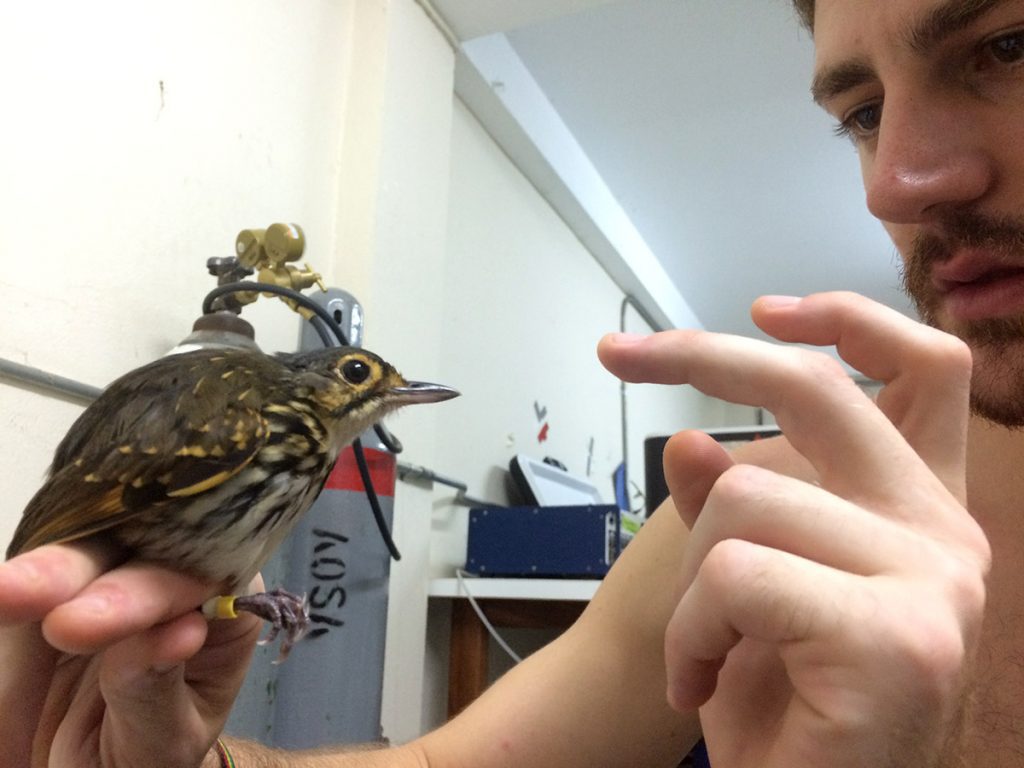
“He just fostered that appreciation, and that love.”
Dara says she got started late as a nature enthusiast. But what a way to start. Adventures in South and Central America, spending countless hours with exotic animals big and small. Most importantly to her, though, was finding someone to mentor her. When she and I talk about access, we talk about being comfortable in public spaces. And we talk about, for people with limited transportation options, having places close by.
But there’s also access to knowledge, and expertise. As I’ve learned in this job over the years, there’s no substitute for spending time in nature with knowledgeable people. Unfortunately, Dara hasn’t had as much luck finding someone like this to take her under their wing in Tallahassee.


Finding a Mentor
“I’m alone a lot of times, because I don’t have someone to walk with me.” She says. “I’d reach out to people and say, ‘Can we go for a walk? I want to learn this. I want to learn that.'”
In Panama, Dara had Henry. In Tallahassee, she has books.
“I have a lot of field guides, for example. I have a LOT of field guides. I’ve heard that be used against me. Like, ‘Oh, you have so many books. You should know all this.’ It’s like, I have so many books because I don’t – I don’t have help.
“The people who I’m reaching out to, I see them extending that hand of mentoring, fostering… to others, who maybe necessarily don’t look like me. It feels like a slap in the face.”
Dara may not have found her local mentor, but she relishes her role as an informal educator with Tots and Trails, taking children into nature for short excursions. Her instruction focuses on mindfulness, noticing the sights, sounds and smells of the outdoors.
“It really encourages using the senses to notice our surroundings.”
Our conversation has taken Dara to some emotional places, and there are times when she has to stop and compose herself. She lights up, though, when talking about Tots and Trails. And then we start talking about Lake Elberta.
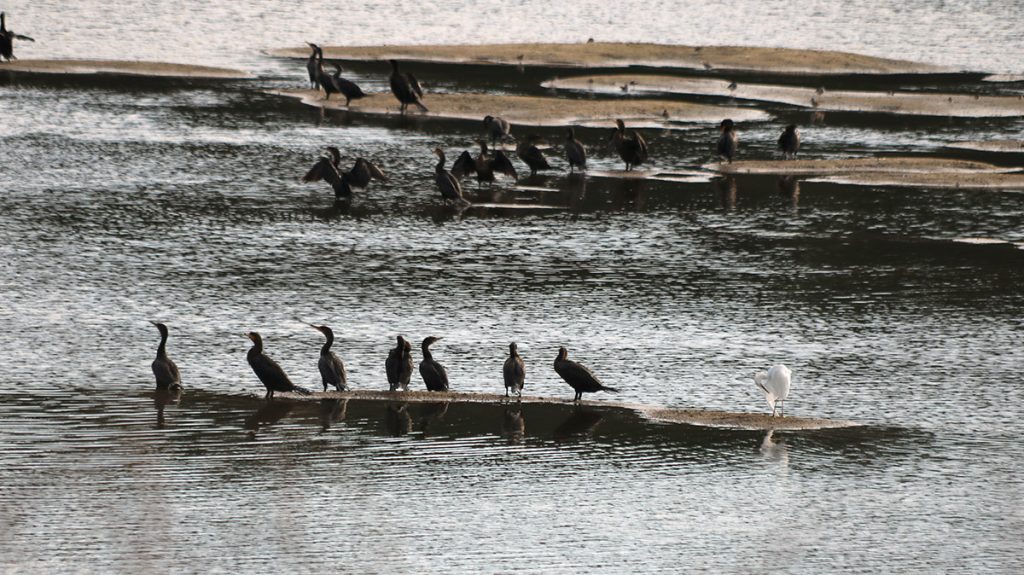

Lake Elberta, and Hope
“I’m super proud of our local Apalachee chapter of Audubon Society,” Dara says. “I’m super proud of all the work our chapter has done at Lake Elberta.”
I met Dara last year while working on the EcoCitizen Project. A large part of the project focused on Apalachee Audubon’s transformation of Lake Elberta, a retention pond that had kind of accidentally become a birding hotspot. The park is located by predominantly black neighborhoods, and, via the FAMU Way Extension, is connected to Cascades Park and the St. Marks Trail. Birds loved it, perhaps because it was a green space with water in a heavily developed area. But it was otherwise ecologically lacking.
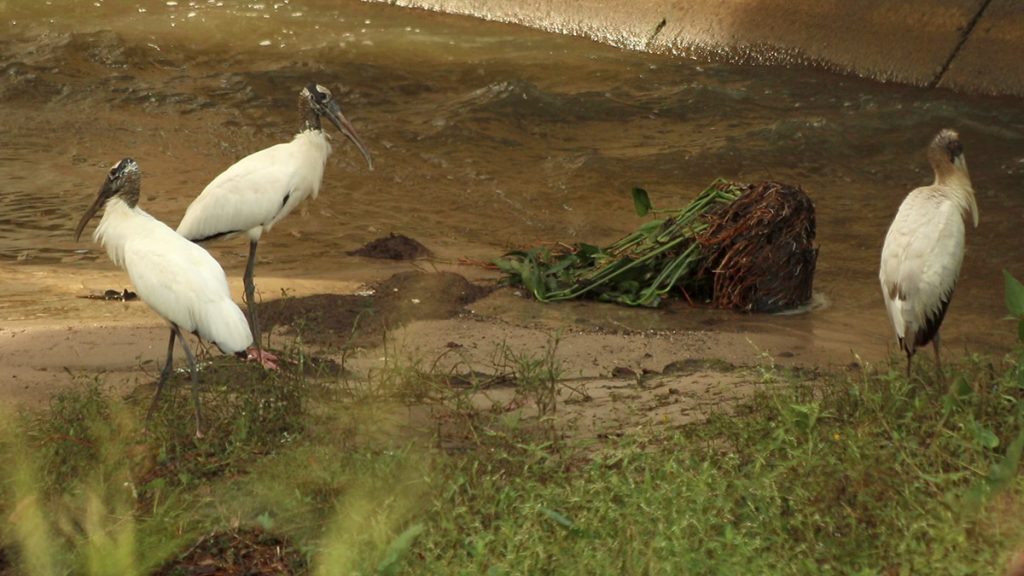

Apalachee Audubon’s president at the time, Peter Kleinhenz, applied for and received an Audubon Action grant to make Lake Elberta more of a resource for the surrounding community.
We quickly run through a greatest hits of this transformation in the video above, but you can explore in more depth in our previous posts on Lake Elberta. Apalachee Audubon erected a purple martin house, with help from children at the Walker Ford Community Center (you can see the kids return and see the recently migrated purple martins in the EcoCitizen Show). Native Nurseries of Tallahassee provided the structure, as well as native plants to lure pollinators and other insects into the park’s food web. Apalachee Audubon worked with the City of Tallahassee to design and build interpretive signs around the lake, and with the city organized a volunteer event to plant both native and food trees, and remove invasive species.
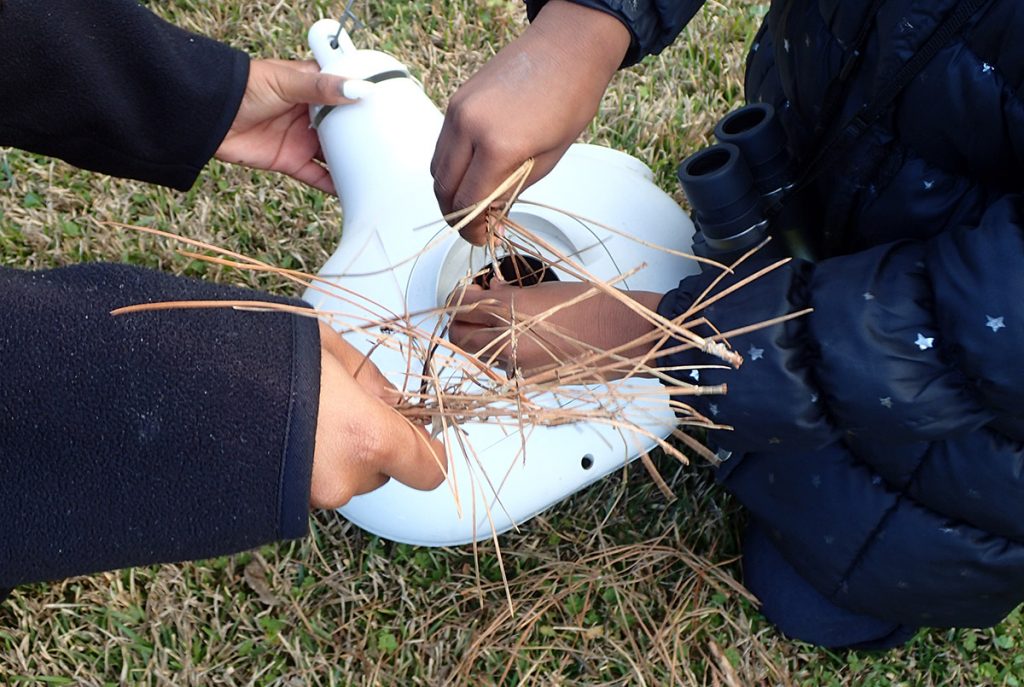

“It just shows an amount of care that I haven’t seen in other programs, that makes me as a black outdoor enthusiast, it makes me legitimately proud. It just goes to show what collaborations do…
“I… I feel hopeful. I feel hopeful.”
What comes after #BlackBirdersWeek?
Hope is another common theme in the Black Birding Week stories I’ve read. Despite the challenges, people have found a thing they love, and they want to share it. And they want others to share in it. I’d like to think this is true for most of us when it comes to nature, and it’s central to the mission of this blog.
Black Birders Week, and the other movements that have sprung up in its wake, offer us a chance to reflect. For Dara, this means figuring out how to get more people of color “in the room,” whether with Apalachee Audubon, or in any of the myriad other environmental organizations in our area. For me, it means taking a long look at representation in my videos and posts, and thinking on what content would encourage more people of color to enjoy the outdoors.
If you’re interested in seeing more stories about black birders, you can check some out here. The hashtag #BlackAFinSTEM links to stories from black scientists and engineers. And in the weeks since, we’ve seen #BlackInNature, #BlackHikersWeek, #BlackBotanistsWeek, #BlackInAstro, and #BlackinNeuroWeek. Once you start exploring those, you’ll find many more.
As for black nature stories taking place here in north Florida and south Georgia, please do share those with us in the comments.


Animals we see in the piece
The video above is not atypical for us in that we showed more animals than we could identify graphically, at least not without bogging down the video. This time, though, many of the animals we see are not local. Here’s a rundown of what we saw, by video time:
Behind Dara’s House | Part 1
Dara Wilson lives off of a small branch of Lake Jackson’s, which at the time we shot, was largely dry. The birds we see in the following section are in pools of water in this branch.
00:04 Left to right: Wood stork, snowy egret, and two little blue herons.
01:26 Red Winged blackbird. You can hear their signature call at various points throughout the video.
01:30 A combination of great egrets (the larger white birds) and snowy egrets (the smaller white birds).
01:32 Wood stork foraging. Further off, that might be a great blue heron or a tricolored heron. It’s hard to tell at that distance.
01:37 Dara picks up an island apple snail (Pomacea insularum) shell. This is an invasive species. Our native Florida apple snail has disappeared on many waterways, and, often, so do the limpkins that feed on them. While limpkins also feed on the invasive snails, and have a healthy population around Lake Jackson, island apple snails are a serious threat to overgraze native vegetation.
Bolivia and Panama | Pumas and Frogs
02:02 Dara walks a Puma (Puma concolor) at the Comunidad Inti Wara Yassi in Bolivia. Did you know pumas, mountain lions, and Florida panthers are all the same species of cat? The Florida panther is a subspecies: Puma concolor coryi.
2:12 Monkeys swing from trees in Panama (sorry, I don’t know the species).
02:17 Dara holds a red eyed tree frog (Agalychnis callidryas).
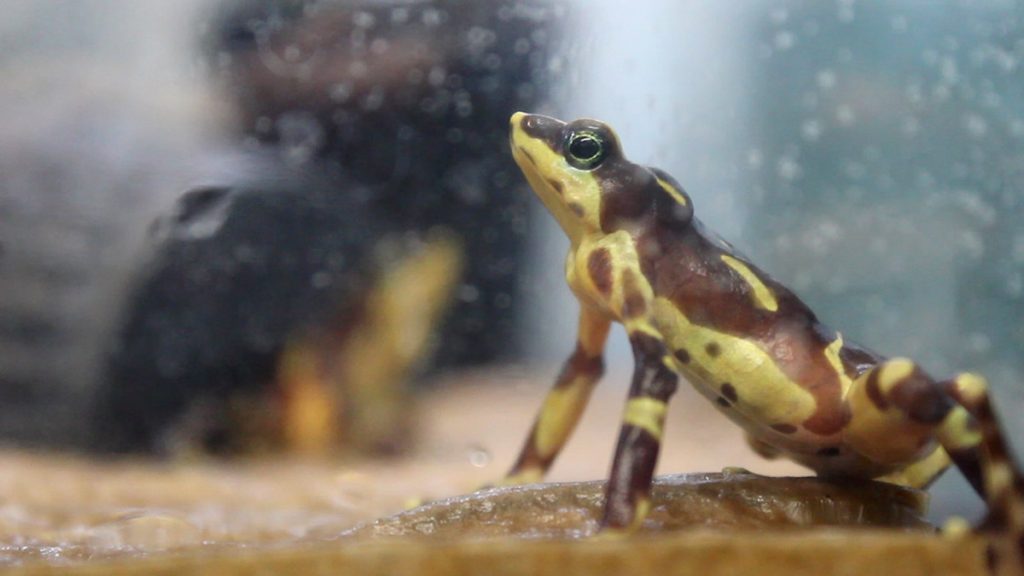

02:20 Variable harlequin frogs (Atelopus varius).
02:23 Another red eyed tree frog.
02:26 Túngara frog (Engystomops pustulosus) calling, which looks and sounds really cool.
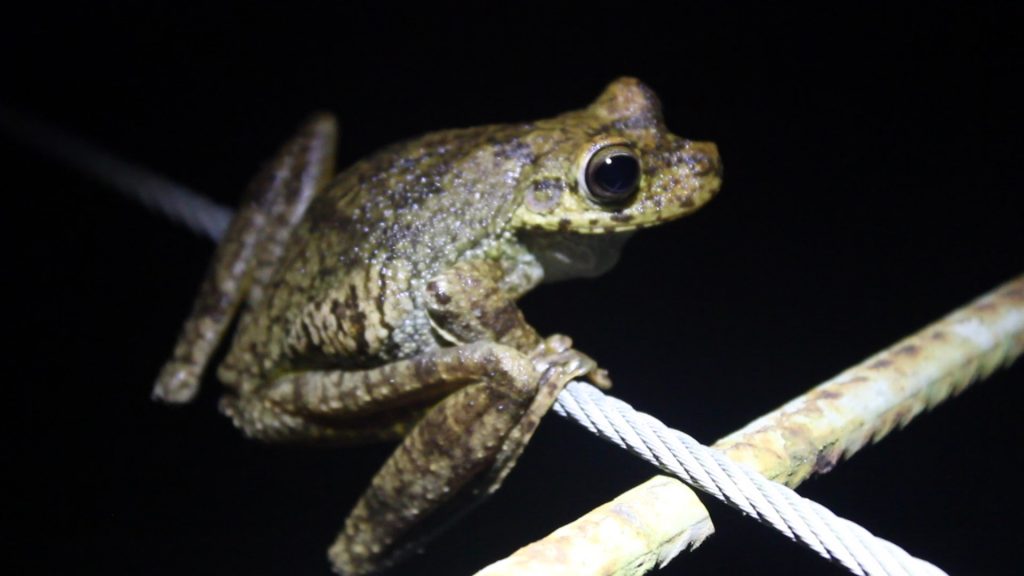

02:32 Gladiator tree frog (Hypsiboas rosenbergi)
Birding in Panama
02:33 Dara holds a white shouldered tanager in Gamboa, Panama.



02:40 Henry Pollock holds a streak chested antpitta.
02:45 Dara holds a red throated ant tanager mist net trapped by Henry Pollock.


02:47 Dara holds a song wren.
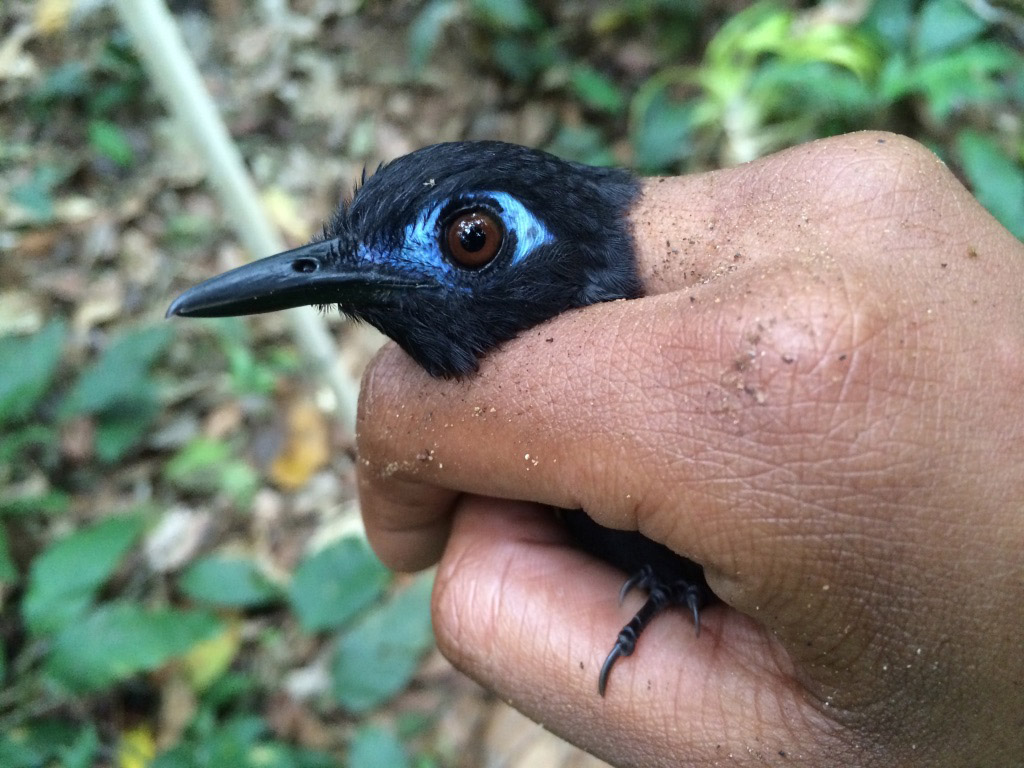

02:50 Dara holds a male chestnut backed antbird.


02:54 Henry Pollock feeds an injured black-throated mangrove hummingbird.
02:58 Henry and Dara prepare a bird for surgery.
Back on Lake Jackson
04:18 An eastern bluebird returns to its nesting box.
04:51 Dara takes several photos of a swamp rose mallow to upload to iNaturalist.
On Lake Elberta
05:08 A wood stork stands on a sewage pipe over a ditch by Lake Elberta. The ditch runs between the park and Lake Bradford Road, and despite the uncleanliness of the water flowing through it, it’s often filled with wood storks and other wading birds. I photographed this one through a fence in the park.
05:29 Purple martins take residence in Lake Elberta’s (then) new purple martin housing. These are neotropical migrants, visiting us to nest during South America’s fall and winter months (Our spring and summer).
05:32 An eastern bluebird by a (then) newly installed nesting box. I could have featured different migratory duck species, or hawks, or any other number of birds I video’d at Lake Elberta. But I wanted to include bluebirds and wood storks, as we see each species at both Lake Jackson and Lake Elberta. Had we shot the segment over the winter, we’d have had the opportunity to video many different migratory ducks at Lake Jackson as well.
